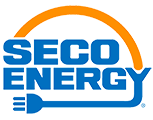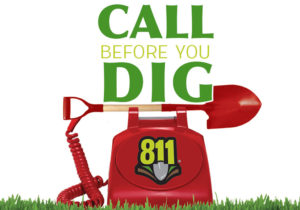SECO is a partner for members who choose to invest their hard-earned dollars to purchase a solar system to reduce their utility-supplied power. That said, SECO is not a solar array manufacturer nor are we a solar installer.
For members who choose to invest in a solar array, we have a wealth of solar information on the Solar Power section on our website. Find out if solar is the right fit for your home, learn more about solar panels and inverters and view insurance requirements. View a sample bill for an interconnected solar member and review SECO’s net metering policy. We’ve also included links to help you choose a solar contractor, understand the timeline to interconnection, read FAQs and more.
SECO Energy also offers members an in-home solar assessment to help determine their home’s conduciveness to solar. An Energy Services Specialist will visit your home, review your consumption to help size your potential system and answer questions you may have about solar.
Request a solar assessment online.


